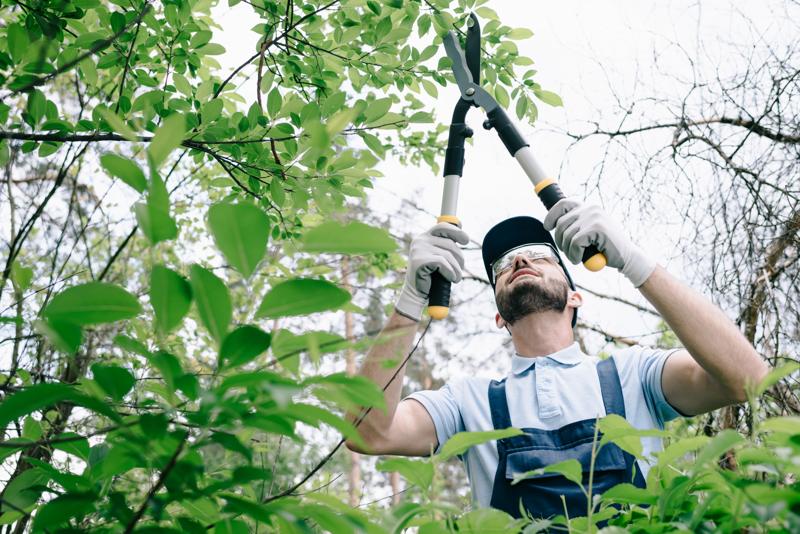The Importance of Proper Tree Identification: How do you know If a Tree is Safe

Trees play a crucial role in our environment by providing shade, fresh air, and aesthetic value to our surroundings. However there are a few trees that aren’t alike and some have additional protection status, making it illegal to perform any activity without authorization. If you’re considering having a tree removed it is crucial to be aware of the protection status of the tree in question and the steps you need to follow to be in compliance with the laws. In this article, we will walk you through the process of determining whether a tree is safe and exactly what steps you have to do to ensure that you are acting within the law.
What is a protected tree?
A protected tree is one that is subject to specific legal controls, and it’s illegal to do work on such a tree without the required permissions. There are two types of protection a tree might have: statutory protection and preservation orders.
Protection under the law
As a matter of the law, trees are protected by the law, and they are in the hands of Tree Preservation Orders (TPOs). TPOs are enacted by local authorities in order to protect trees with a significant public value and to ensure that they are not damaged or destroyed.
Preservation orders
Preservation orders are similar to TPOs but are set up by the Secretary of State for the Environment. Trees with preservation orders are considered to have exceptional worth and are therefore protected from any kind of work, including felling.
How can I tell if a tree is protected?
To determine if trees are protected, you need to check if it is under the protection of a TPO or preservation order. This can be accomplished by contacting the authorities in your area and asking them check their archives.
TPO search
To find the TPO to locate one, contact an Tree and Woodland officer from your local authority, who will inform you if the tree is protected. They’ll also be able to guide you about the next steps to do if your tree is in a protected area.
Preservation order search
In order to search for a preservation permit, you must contact Secretary of State, Department of the Environment. They can determine whether the tree is in the protected zone and provide you with the information you require and direction.
FAQs:
What happens if I conduct work on a protected tree without permission?
If you do work on a protected tree without obtaining the necessary permits, you could be facing substantial fines and even imprisonment.
Can I appeal a TPO or preservation order?
Yes, you are able to appeal to a TPO or preservation decision if you feel that it is not justified. However, you will need to provide evidence to support your claim and explain your argument as to why the TPO or preservation order isn’t necessary.
Can I cut down a tree that is protected tree?
It is against the law to remove a protected tree without obtaining the required permissions. If you need removal of the tree it is necessary to seek permission from the council and provide evidence to support your case.
Conclusion
To conclude, knowing if a tree is protected is an essential step in ensuring that any tree work carried out legally. By understanding the different types of protection, and knowing how to identify them to ensure you are acting within the law and are protecting the trees that you are responsible for. If you’re not sure about the protection status of the tree you are in charge of, we suggest seeking professional advice from a reputable tree specialist like Northern Beaches Tree Removal Sydney. Our experienced arborists will be able to advise you regarding the status of protection of your trees, and will guide you through the necessary steps to make sure you’re following the law. With our knowledge and dedication to provide high-quality tree services, we can help you preserve the beauty and worth of your trees. Call us now at 1300 931 904 to schedule a appointment, and let us assist you to keep your trees safe and healthy.





















